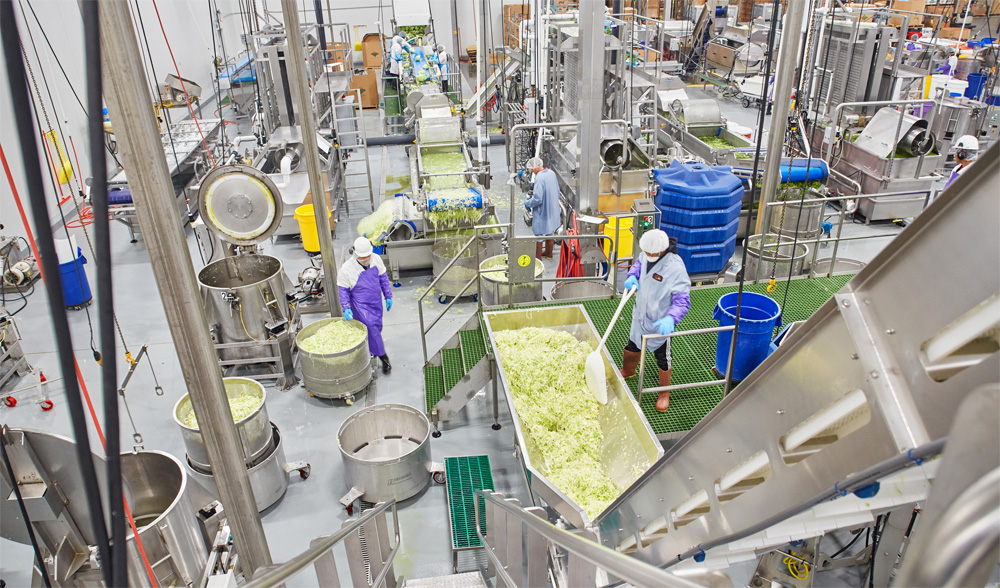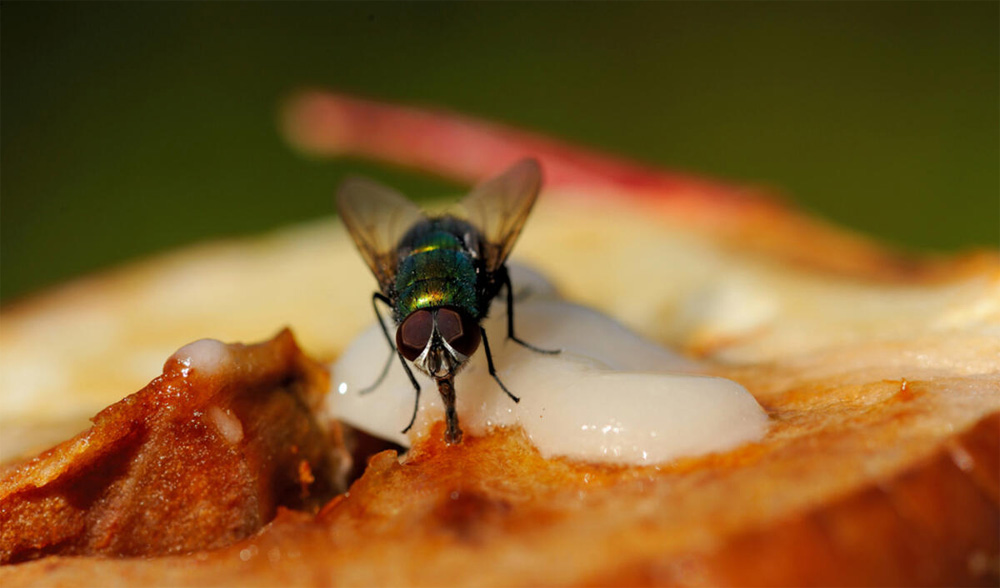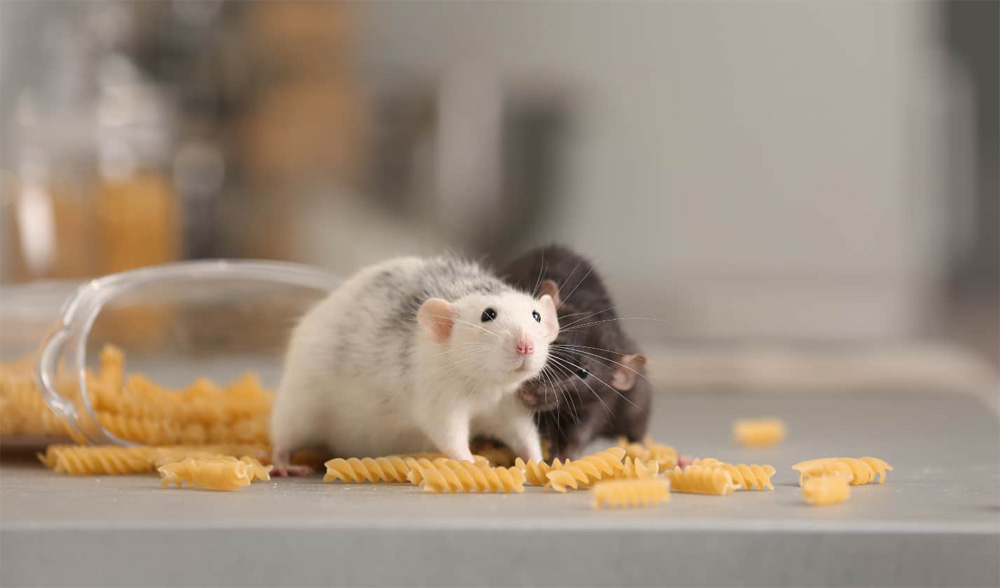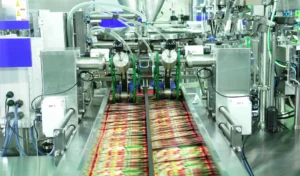The United States experiences food source contamination, resulting in illnesses affecting millions of individuals annually, often leading to preventable fatalities. Various factors can contribute to food contamination, but one significant factor is the interaction with pests within food facilities, which can trigger substantial outbreaks of sickness and disease. Implementing Integrated Pest Control Management is an integral component of a comprehensive strategy to prevent pest infestations and ensure the smooth operation of businesses.

Common Pest Control Issues in Food Industry
The food industry consistently grapples with pest control challenges, with frequent issues encompassing flying insects, crawling pests, rodents, and stored product pests.
Flying Pests
Due to their exceptional mobility, preventing flying insects from entering a food industry facility can pose a challenge. Some crucial and pragmatic methods for warding off flying insects include:
- Controlling places where breeding occurs such as standing water and other moist places attractive for breeding
- Remove food sources—garbage is especially attractive to flying insects (dumpsters should be kept far away from food processing and manufacturing spaces)
- Keep screens on doors and windows when possible. Fit dock doors with air curtains or strip doors
If flying insects manage to infiltrate, a secondary layer of defense is essential. Sticky traps, baited traps, and electrocuters can all be effective, but it’s crucial to clean and maintain them regularly. Naturally, the presence of dead flying insects in the vicinity could alert inspectors to a potential issue within the facility.
Although insecticide fogging is a viable choice within a food manufacturing or processing facility, it’s imperative that a licensed technician with the requisite expertise in food plant maintenance conducts this procedure. Safe-Killer provides this service as an option, alongside their Integrated Pest Management Services.
Crawling Pests
Given that cockroaches are a primary pest notorious for spreading diseases and bacteria, safeguarding your food production facilities against their attraction is of utmost importance. If you encounter an issue with cockroaches, the initial strategy is to identify the specific species infesting your area and pinpoint their breeding grounds to address the problem at its source.

Rodents
One of the most formidable threats to the health and safety of the food industry arises from disease-carrying rodents, encompassing both mice and rats. It is imperative to ensure that these pests are effectively kept at bay from plants and distribution centers housing any form of food, as rodents have a notorious reputation for transmitting contamination through food and ultimately affecting human health.
In order to prevent rodent infestations, it’s essential to remain vigilant for indicators such as rare visual sightings (as rodents are primarily active at night), audible gnawing sounds, droppings, urine stains, fur-related oil marks, tracks in dusty areas, and any signs of wires or insulation being chewed. Immediate action should be taken to identify and address these situations using traps and other extermination methods.
Effectively managing rodents involves not just extermination but also the eradication of their nests and food sources to deter their potential return. Accumulated items like old equipment, unused pallets, debris, and nesting materials can inadvertently entice rodents to establish a presence within your food plant. This underscores the importance of implementing an Integrated Pest Management Program.
Pests in Stored Products
Birds and moths can also infiltrate your food facility, feeding on grains and other stored foods within your warehouse. To address these issues, it’s advisable to engage a certified pest control technician who can develop a tailored strategy, potentially involving methods like fogging or other restricted materials accessible only to professionals.

What to Consider for an Efficient Pest Control Program for Food Management Facilities
If you prioritize safety in a food manufacturing or processing facility, leveraging a top-tier Integrated Pest Management (IPM) plan will ensure the smooth operation of your business while keeping pests at bay. Such a program should prioritize the use of minimally intrusive pest control methods, and its various components should encompass:
- Inspection
- Monitoring
- Assessment
- Treatment
- Evaluation
These components enable Safe-Killer to assist clients in establishing parameters, implementing monitoring techniques, determining monitoring frequency, and mutually deciding on the specifics to be included in reports.
If pests are discovered, Safe-Killer is committed to providing the customers with the best solution for the specific pest type and severity based on safety considerations. Implementing an Integrated Pest Control Management program for your food facility translates to reduced concerns about pests, fewer disruptions due to pest-related issues, and the freedom to focus on maximizing the success of your business.
Contact Safe-Killer today for low-risk and highly effective pest control products that are appropriate for use in the food processing environment.



